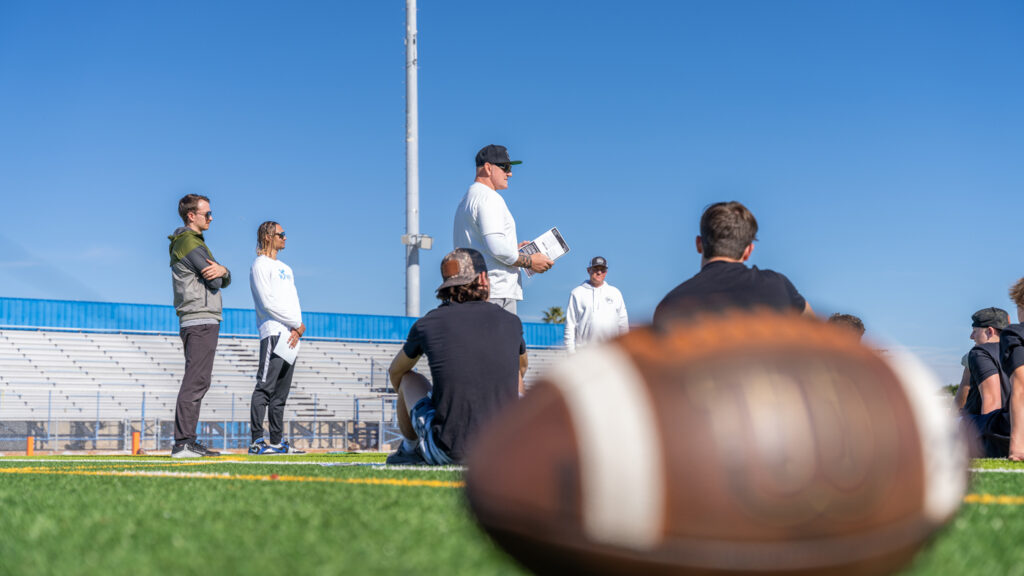Move Human Performance and Physical Therapy has long recognized the power of myelination, not only in sports performance but also in rehabilitation, particularly for individuals recovering from traumatic brain and spinal injuries. Now, we’re applying these principles to athletes, drawing on our extensive experience in helping patients regain mobility.
For athletes, myelination is crucial for mastering complex movements. It’s the difference between a novice and a seasoned athlete. By focusing on correct technique and repetition, athletes can improve their performance significantly, making challenging movements feel more natural and less strenuous.
Myelination involves the build-up of myelin, an insulating layer, around nerves. This process occurs in response to repeated nerve firings, typical in physical therapy and athletic training. The more a specific movement is practiced correctly, the thicker the myelin sheath becomes, leading to more efficient and effortless movement.
Benefits of Myelination
Biological Process: Myelination is the process of forming a myelin sheath around the axons of neurons. Axons are long, thread-like parts of a nerve cell along which impulses are conducted from the cell body to other cells.
Myelin Sheath: The myelin sheath is a fatty layer that coats the axons. This layer is composed of protein and fatty substances, which gives it a white appearance, often referred to as “white matter” in the brain.
Function of Myelin: The primary function of the myelin sheath is to increase the speed at which electrical impulses (nerve signals) pass along the myelinated fiber or axon. By insulating the axon, myelin prevents electrical current from leaving the axon and increases the speed of impulse transmission.

Central Role of the Brain: The brain orchestrates complex movements and processes sensory information, crucial for both athletes and rehabilitation patients.
Myelin Sheath Optimization: Enhancing the myelin sheath’s integrity improves neural conductivity, crucial for
fast and efficient signal transmission. This is vital in both sports performance and therapeutic recovery.
Deep Practice, a method involving repetitive skill acquisition with a focus on precision, is essential in both physical therapy and athletic training. This approach ensures that the right neural pathways are strengthened, leading to quicker and more efficient movement patterns.
Deep Practice for Sports Performance
Move Human Performance and Physical Therapy’s innovative approach, combining myelination and brain function optimization, represents a holistic method in sports performance and rehabilitation. By applying these principles, we’re not only aiding recovery but also pushing athletic abilities to new heights.
